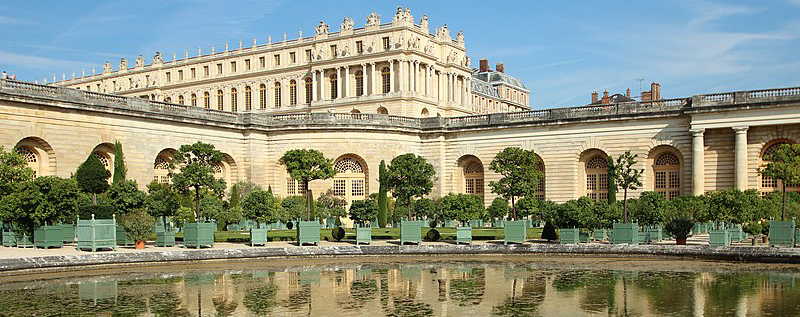Orangery
Orangery is a term that originates from as early as the 1600's from Italian Renaissance gardens, due to both the increasing availability of glass and the growing number of merchants returning from warmer climates with exotic plants growing oranges, bananas or pomegranates.
As described, other examples of the original orangeries, can be traced back to the 1400's in Korea, where they were built to grow Mandarin oranges. Or yet earlier still to the story of medicinal cucumbers grown year round for the Emperor Tiberius in a structure covered in small translucent sheets of mica known as a specularium, often with fires inside and out to keep away the cold.
Traditional orangeries as the came to be known in Europe, would have been solid constructions, primarily from the same brick or stone as the main building but with greater expanses of glazing helping to extend the growing season and broaden the types of plants able to be grown, enabling them to survive colder winters months.
By the 17-1800's orangeries had started to emerge in the Netherlands, France and Germany, often with an exposed internal wall to be warmed by the sun during the day to release at night or even sources of heat to maintain appropriate temperatures. The buildings tended to have columns or pilasters punctuating windows sashes, with inset lantern roofcombined with a standard roof, deep fascia mouldings (entablature) which needs steel support for the inset lantern or laminated beams.
The Orangerie at the Palace of the Louvre in Paris was built in 1617 (now Musée de l'Orangerie) which became the inspiration for many others, the culmination of which was perhaps in the largest orangery to be found in Europe which is the Versailles Orangerie. It was built for Louis XIV's and houses 3,000 orange trees, it was eclipsed in size by the original Crystal Palace of 1841, but after that was destroyed it remains the largest orangery standing.
(image credit Lionel Allorge licensed under the Creative Commons Attribution-Share Alike 3.0 Unported)
[edit] Related articles on Designing Buildings
Featured articles and news
Retrofit 25 – What's Stopping Us?
Exhibition Opens at The Building Centre.
Types of work to existing buildings
A simple circular economy wiki breakdown with further links.
A threat to the creativity that makes London special.
How can digital twins boost profitability within construction?
The smart construction dashboard, as-built data and site changes forming an accurate digital twin.
Unlocking surplus public defence land and more to speed up the delivery of housing.
The Planning and Infrastructure Bill
An outline of the bill with a mix of reactions on potential impacts from IHBC, CIEEM, CIC, ACE and EIC.
Farnborough College Unveils its Half-house for Sustainable Construction Training.
Spring Statement 2025 with reactions from industry
Confirming previously announced funding, and welfare changes amid adjusted growth forecast.
Scottish Government responds to Grenfell report
As fund for unsafe cladding assessments is launched.
CLC and BSR process map for HRB approvals
One of the initial outputs of their weekly BSR meetings.
Architects Academy at an insulation manufacturing facility
Programme of technical engagement for aspiring designers.
Building Safety Levy technical consultation response
Details of the planned levy now due in 2026.
Great British Energy install solar on school and NHS sites
200 schools and 200 NHS sites to get solar systems, as first project of the newly formed government initiative.
600 million for 60,000 more skilled construction workers
Announced by Treasury ahead of the Spring Statement.
The restoration of the novelist’s birthplace in Eastwood.
Life Critical Fire Safety External Wall System LCFS EWS
Breaking down what is meant by this now often used term.
PAC report on the Remediation of Dangerous Cladding
Recommendations on workforce, transparency, support, insurance, funding, fraud and mismanagement.
New towns, expanded settlements and housing delivery
Modular inquiry asks if new towns and expanded settlements are an effective means of delivering housing.

























